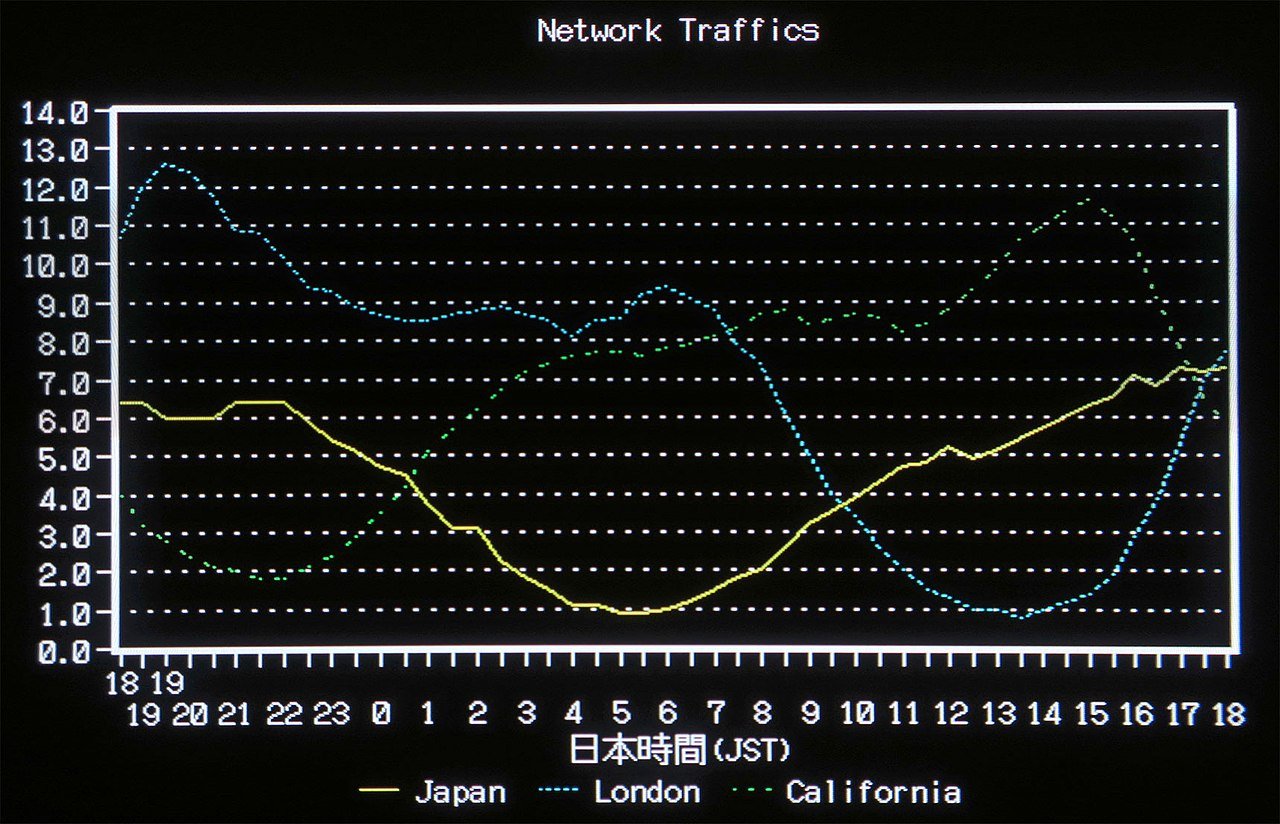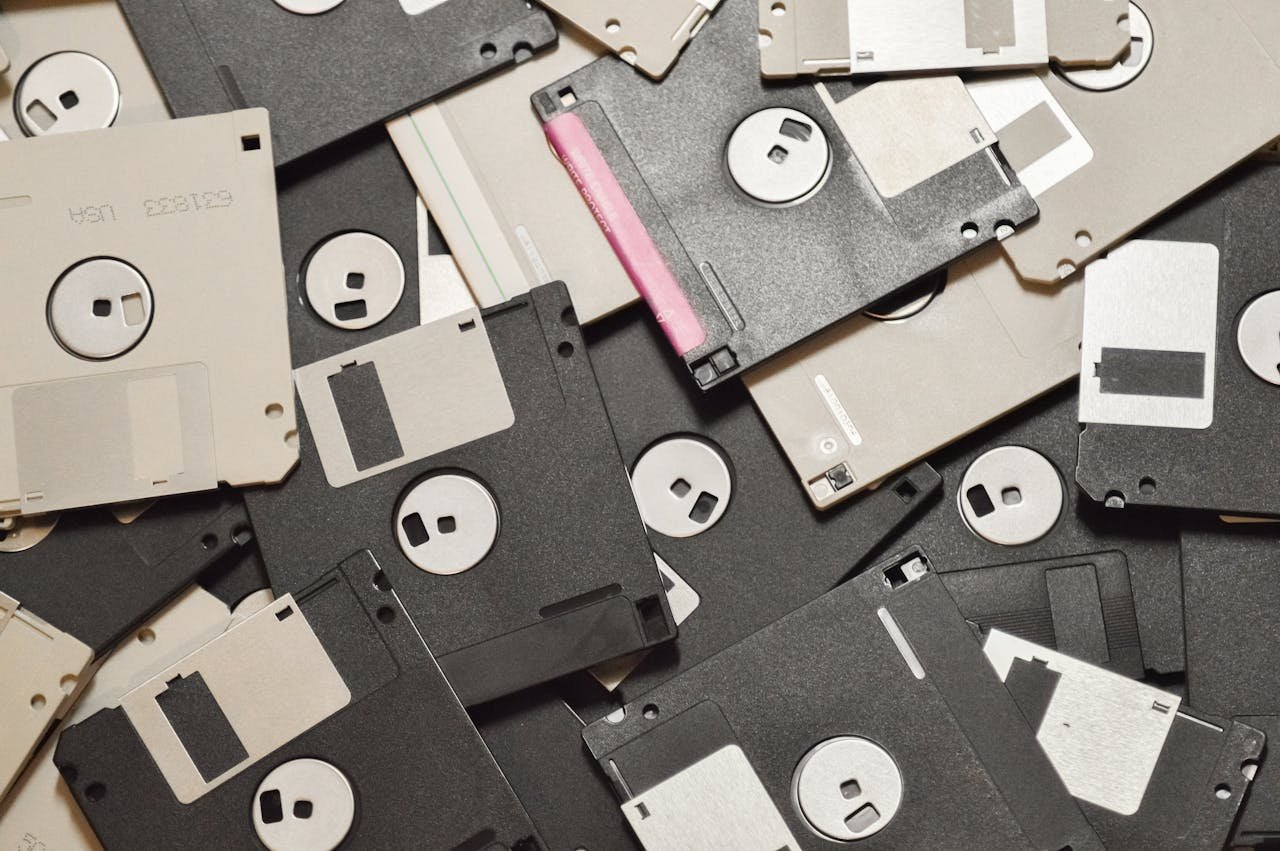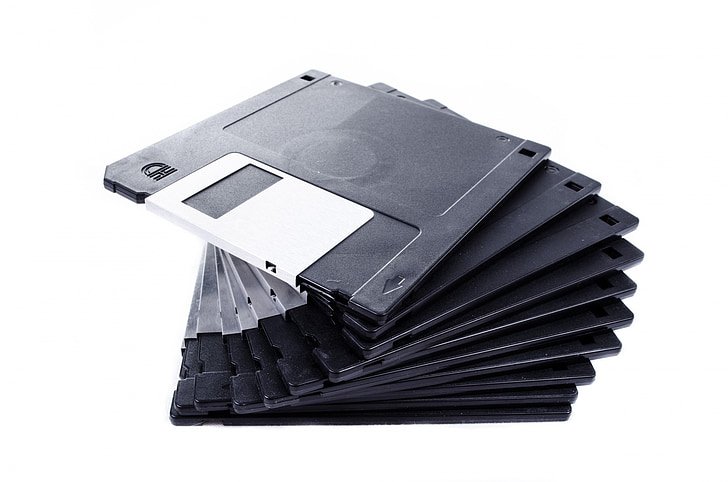In computing history, the once ubiquitous floppy disk has evolved from being a primary means of data storage to a relic of the past. Its journey from widespread use to obsolescence is a fascinating tale marked by technological advancements and shifting paradigms in the world of data storage.
Introduced in the late 1960s, the floppy disk became a staple in personal computing during the 1980s and 1990s. These flexible magnetic storage mediums, most notably the 3.5-inch variant, were the primary method for storing and transferring data, from early computer games to essential documents. However, as technology progressed, the limitations of floppy disks became increasingly apparent.
One of the primary drawbacks was their limited storage capacity, with the standard 3.5-inch floppy disk maxing out at a mere 1.44 megabytes. As software applications grew in complexity and multimedia content became more prevalent, the need for larger storage capacities became imperative. The slow data transfer rates of floppy disks further hindered their utility as users sought faster and more efficient ways to manage their data.
Moreover, the susceptibility of floppy disks to physical damage and data corruption raised concerns about the reliability of these storage devices. Their delicate nature and exposure to environmental factors made them prone to errors, contributing to a decline in user confidence.
The turning point in the decline of floppy disks came with the emergence of alternative storage solutions. Compact Discs (CDs) and Digital Versatile Discs (DVDs) offered significantly larger capacities, making them more suitable for multimedia content. USB flash drives provided a portable and reliable option for data storage, and the advent of high-speed internet and cloud storage further diminished the need for physical storage media.
This exploration delves into the reasons behind floppy disks’ obsolescence and the subsequent rise of more advanced storage technologies. From the limitations that prompted their decline to the innovations that replaced them, the evolution of data storage tells a compelling story of progress in the ever-changing landscape of computing.
Table of Contents
What replaced the floppy disk?
The floppy disk, once a ubiquitous storage medium, was replaced by several advanced technologies that offered larger capacities, faster data transfer rates, and enhanced reliability. Compact Discs (CDs) and Digital Versatile Discs (DVDs) played a pivotal role in rendering floppy disks obsolete. CDs typically provided a storage capacity of 700 MB, while DVDs could store several gigabytes of data, making them more suitable for multimedia content and larger files.

USB flash drives emerged as a highly portable and versatile alternative to floppy disks. Ranging from a few megabytes to several terabytes in capacity, these thumb-sized devices allowed for convenient data storage and transfer. Their durability and faster data access also contributed to their widespread adoption.
The proliferation of high-speed internet and the advent of cloud storage services further accelerated the demise of floppy disks. Users increasingly turned to online platforms for storing and sharing data, eliminating the need for physical storage media.
A combination of factors, including CDs, DVDs, USB flash drives, and cloud storage, collectively replaced floppy disks by offering increased storage capacities, faster data transfer rates, enhanced reliability, and greater convenience in the rapidly evolving landscape of data storage technology.
Why did flash drives replace floppy disks?
Flash drives replaced floppy disks primarily due to their superior characteristics in terms of storage capacity, speed, durability, and convenience. Floppy disks, with their limited capacity of 1.44 megabytes, needed to be improved for the growing sizes of files and applications. In contrast, flash drives offered significantly larger storage capacities, ranging from megabytes to multiple terabytes, accommodating the increasing demand for larger data storage.
Speed was another crucial factor in the transition. Floppy disks had relatively slow data transfer rates, making reading and writing data time-consuming. Flash drives, utilizing NAND flash memory technology, provided faster data transfer rates, allowing for quicker and more efficient access to stored information.
Additionally, flash drives’ physical attributes contributed to their popularity. They were compact, lightweight, and resistant to physical damage, unlike floppy disks, which were susceptible to bending and environmental factors. The introduction of the Universal Serial Bus (USB) interface made flash drives universally compatible with a wide range of devices, further enhancing their convenience and ease of use.
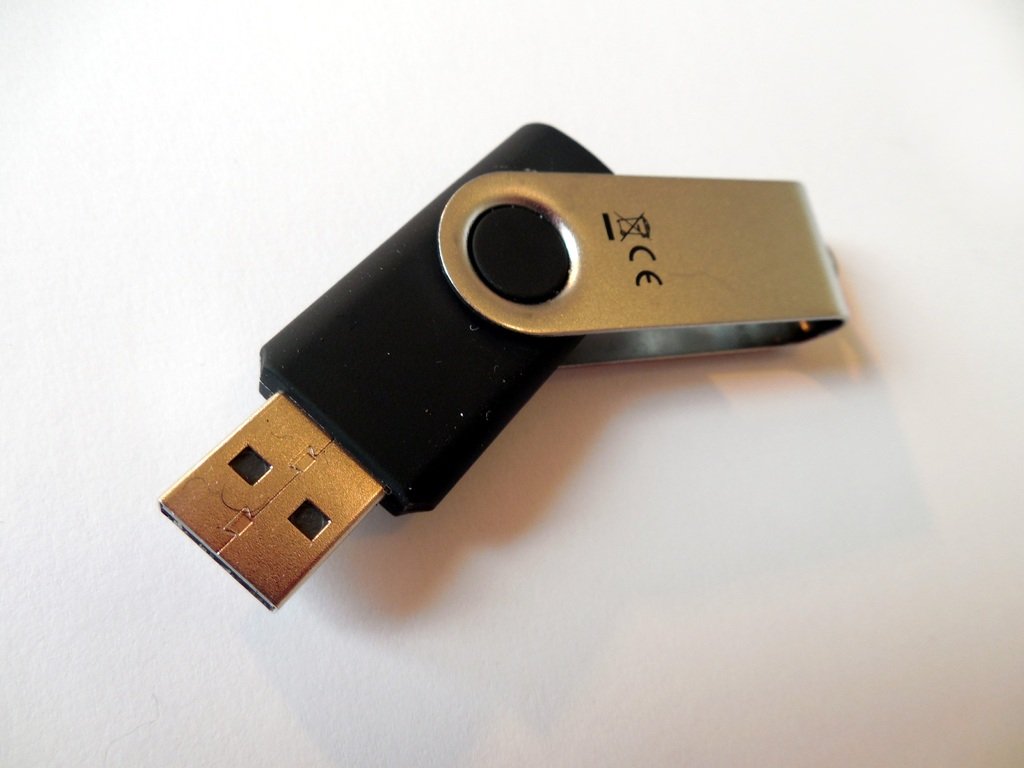
As technology advanced, flash drives’ reliability, speed, and capacity made them the logical successor to floppy disks. This shift marked a significant milestone in the evolution of data storage, reflecting the industry’s constant pursuit of improved performance and user-friendly solutions.
Floppy Disks Obsolescence: Replaced by Superior Tech
Floppy disks became obsolete for several reasons, and their decline can be attributed to advancements in technology, the need for larger storage capacity, and the emergence of more reliable and convenient storage alternatives. Here are the primary reasons for the obsolescence of floppy disks and the technologies that replaced them:
Limited Storage Capacity
The demise of floppy disks can be attributed to their inherent limitation in storage capacity. The 3.5-inch floppy disk, a prevalent format, could only hold a mere 1.44 megabytes (MB) of data. This storage capacity was adequate during the early days of personal computing when files were smaller and applications less complex. However, as technology progressed and software became more sophisticated, the demand for larger storage capacities intensified.
The exponential growth in file sizes, driven by multimedia content, complex software applications, and expansive datasets, rendered floppy disks impractical for contemporary use. Users found themselves constrained by the insufficient space offered by these iconic but outdated storage devices. This limitation became a significant impediment to the seamless storage and transfer of data, particularly as industries and individuals increasingly relied on computers for various purposes.
As a result, the computing landscape transitioned towards more capacious and versatile storage solutions, such as CDs, DVDs, USB flash drives, and cloud storage. These alternatives not only addressed the storage demands of the evolving digital era but also offered enhanced reliability, faster data transfer rates, and greater convenience compared to the aging technology of floppy disks. In essence, the restricted storage capacity of floppy disks became a pivotal factor in their obsolescence, paving the way for more advanced and accommodating storage mediums.
Slow Data Transfer Rates
Floppy disks became obsolete primarily due to their sluggish data transfer rates, which rendered data reading and writing time-consuming. As the technological landscape advanced, the demands for faster data transfer became increasingly pronounced, driven by the emergence of more complex applications and the proliferation of larger files.
The limited speed of floppy disks became a bottleneck in the efficiency of data operations. In an era where rapid information exchange and processing were becoming paramount, the slow data transfer rates of floppy disks proved to be a significant drawback. Users encountered delays when accessing or saving data, hampering productivity and overall system performance.
The rise of more sophisticated software applications and the expansion of multimedia content further exacerbated the limitations of floppy disks. With applications and files growing in size, outdated technology struggled to keep pace with users’ increasing demands.
In response to these challenges, storage solutions with faster data transfer rates, such as CDs, DVDs, and later USB flash drives, gained prominence. These alternatives not only offered larger storage capacities but also addressed the need for swifter data access and transfer, ultimately rendering floppy disks obsolete in the face of evolving technological requirements.
Vulnerability to Physical Damage
Floppy disks succumbed to obsolescence due to their vulnerability to physical damage. Their delicate and exposed nature rendered them susceptible to various environmental factors, ultimately compromising the integrity of stored data. Exposure to magnets posed a particular risk, as magnetic fields could interfere with the magnetic particles on the disk surface, leading to data corruption or loss.
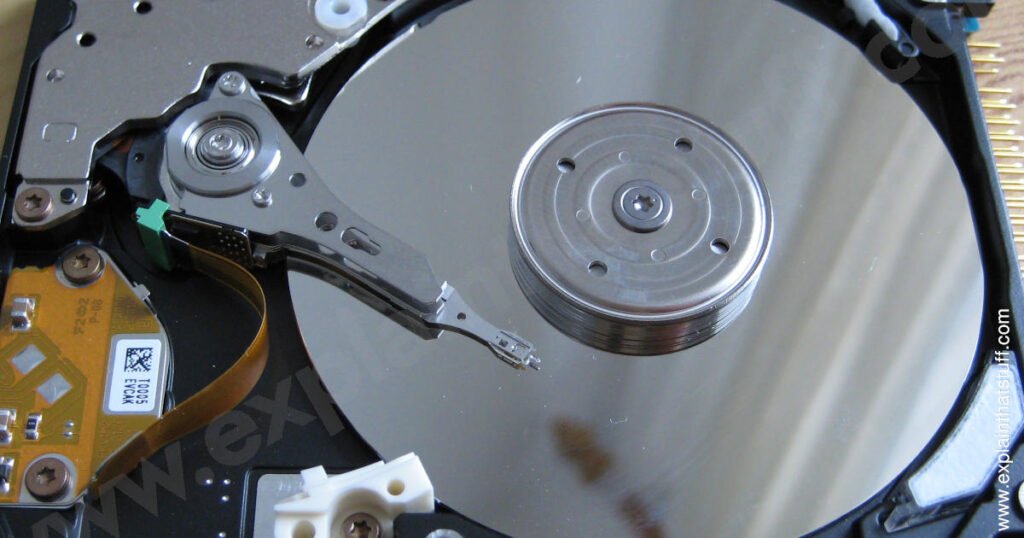
Dust, a common element in everyday environments, posed an additional threat. Even minimal dust particles settling on the disk’s surface or infiltrating its internal components could hinder proper data reading and writing. Accidental bending, a common occurrence given the disk’s flexible structure, could result in permanent damage, rendering the stored information inaccessible.
The combination of these vulnerabilities eroded the reliability of floppy disks as a storage medium. Users faced the constant risk of data loss, creating a lack of trust in the longevity of their stored information. As technology progressed, newer storage solutions emerged that were more resilient to physical threats, contributing to the phased-out use of floppy disks in favour of more robust and reliable alternatives.
Lack of Reliability
Floppy disks, once ubiquitous storage mediums, declined in popularity primarily due to their unreliability. Users experienced frequent disk errors and data losses, eroding confidence in the longevity and integrity of stored information. The delicate nature of floppy disks made them susceptible to physical damage, exposing them to the risk of corruption and rendering data inaccessible.
The structural vulnerabilities of floppy disks contributed to a pervasive lack of trust among users who increasingly demanded more robust and dependable storage solutions. With the critical role data plays in personal and professional settings, the frequent occurrence of errors became a significant drawback.
As technology progressed, alternatives emerged that addressed these reliability issues. Compact Discs (CDs), DVDs, and USB flash drives provided more durable and stable alternatives, boasting larger storage capacities and faster data transfer rates. These advancements not only alleviated concerns about data integrity but also marked a paradigm shift towards more resilient storage options. The unreliability of floppy disks catalyzed the industry’s pursuit of more dependable and advanced storage technologies, ultimately rendering floppy disks obsolete in the face of more trustworthy alternatives.
Incompatibility with Modern Devices
The evolution of computing devices accelerated the obsolescence of floppy disks as newer systems phased out floppy disk drives. The advent of sleeker, more advanced computers, laptops, and other devices no longer incorporated these legacy drives, rendering them incompatible with the latest technology. This shift posed a considerable challenge for users who needed to transfer data between older systems equipped with floppy disk drives and newer systems that needed this feature.
The absence of floppy disk drives in modern devices forced users to seek alternative methods for data transfer. This created a disconnect between older data storage standards and contemporary technology, compelling users to adapt to the changing landscape. As a result, individuals faced the dilemma of accessing or migrating data stored on floppy disks, leading to the inevitable decline of this once-dominant storage medium.
This lack of compatibility highlighted the broader trend in the tech industry—embracing newer, more efficient standards while leaving outdated technologies behind. The transition away from floppy disk drives mirrored the industry’s commitment to innovation, efficiency, and the integration of more advanced storage solutions that better catered to users’ evolving needs.
Emergence of Compact Discs (CDs) and Digital Versatile Discs (DVDs)
The obsolescence of floppy disks was hastened by the advent of Compact Discs (CDs) and Digital Versatile Discs (DVDs), which presented a quantum leap in storage capacity. While floppy disks were constrained to a maximum of 1.44 megabytes, CDs and DVDs offered a remarkable expansion, revolutionizing the storage landscape. CDs, with a standard capacity of 700 megabytes, and DVDs, capable of holding several gigabytes of data, addressed the pressing need for larger storage in an era witnessing the proliferation of multimedia content, sophisticated software applications, and burgeoning datasets.
The substantial storage capacity of CDs and DVDs made them particularly adept at handling multimedia files, allowing for the storage of high-quality audio, images, and videos. Software applications, which were becoming increasingly intricate and data-intensive, found a more accommodating home on these optical discs. The transition marked a pivotal moment, rendering floppy disks impractical for modern computing needs. CDs and DVDs, with their expansive storage capabilities, became the new norm, laying the foundation for subsequent advancements in storage technology that would eventually eclipse even these optical mediums.
USB Flash Drives
USB flash drives, commonly known as thumb drives, emerged as a transformative solution, rendering floppy disks obsolete in data storage. Their popularity soared owing to their portability and reliability. Unlike floppy disks, USB flash drives were compact, lightweight, and resistant to physical damage, making them ideal for on-the-go data storage needs.
A critical factor in the success of USB flash drives was their impressive storage capacity, ranging from a few megabytes to several terabytes. This vast range accommodated the escalating demand for larger storage space as digital files and applications continued to expand in size. The convenience of carrying substantial amounts of data in a small, portable device contributed significantly to the widespread adoption of USB flash drives.
Moreover, the Universal Serial Bus (USB) interface standardized connectivity across various devices, allowing for seamless compatibility. This universal nature made USB flash drives a versatile tool for data transfer and storage across different computers and devices.
USB flash drives not only outpaced floppy disks in terms of capacity, portability, and durability but also introduced a level of versatility that revolutionized how individuals managed and transported their data in the modern digital era.

Internet and Cloud Storage
The advent of high-speed internet and the evolution of cloud storage services have revolutionized the way users share and store data, marking a profound shift away from traditional physical storage media. The widespread availability of high-speed internet connections has facilitated seamless and rapid data transfer, making it more practical for users to leverage online platforms for their storage needs.
Cloud storage services, such as Dropbox, Google Drive, and Microsoft OneDrive, have played a pivotal role in rendering physical storage media obsolete. These platforms offer users the ability to store, access, and share their data from any device with internet connectivity. The convenience of cloud storage eliminates the need for physical storage devices like floppy disks, CDs, or USB drives, as users can now securely store their files in virtual, off-site servers.
Moreover, cloud storage’s scalability and flexibility allow users to expand their storage capacity dynamically, addressing the limitations posed by traditional physical media. The transition to cloud storage reflects a paradigm shift towards a more efficient, accessible, and versatile approach to data management, reducing reliance on physical storage media and embracing the convenience of the digital era.
Cost Considerations
As technology advanced, the cost-effectiveness of storage became a pivotal factor in determining the fate of floppy disks. Over time, the per-megabyte cost of floppy disks became notably higher compared to newer storage technologies, rendering them economically less viable. The limited storage capacity of floppy disks, typically 1.44 megabytes, became a significant drawback as files and applications expanded in size. Users found themselves needing multiple floppy disks to store a relatively modest amount of data, which proved inefficient and cost-prohibitive.
In contrast, emerging storage alternatives, such as CDs, DVDs, USB flash drives, and later cloud storage, offered significantly larger capacities at more favorable cost-per-megabyte ratios. The shift towards these alternatives became a logical choice for users and businesses seeking economical and practical solutions for their expanding data storage needs.
The declining economies of scale for floppy disks, coupled with the improving cost-effectiveness of newer technologies, accelerated their obsolescence. The market demand for more storage at a reasonable cost played a crucial role in steering users away from floppy disks towards more efficient, cost-effective, and higher-capacity storage solutions that are better aligned with the evolving landscape of digital data.
Floppy disks faded into obsolescence due to inherent limitations like limited capacity, slow data transfer rates, and vulnerability to physical damage. The emergence of technologically advanced alternatives hastened their decline. Compact Discs (CDs) and Digital Versatile Discs (DVDs) presented significantly larger storage capacities, addressing the inadequacy of floppy disks in handling growing file sizes and complex applications. USB flash drives, with their portability and larger storage, offered a more convenient and reliable solution, quickly replacing the outdated floppy disks.
The unreliability of floppy disks, prone to errors and data loss, diminished user trust, pushing the demand for more robust storage options. The widespread adoption of high-speed internet and the advent of cloud storage further revolutionized data management, rendering physical storage media obsolete. These alternatives not only provided faster data transfer rates but also improved reliability, making them more attractive to users seeking efficient and secure storage solutions. The cumulative advantages of CDs, DVDs, USB flash drives, and cloud storage marked the eventual demise of floppy disks from mainstream use, symbolizing a transformative shift in the landscape of data storage.


